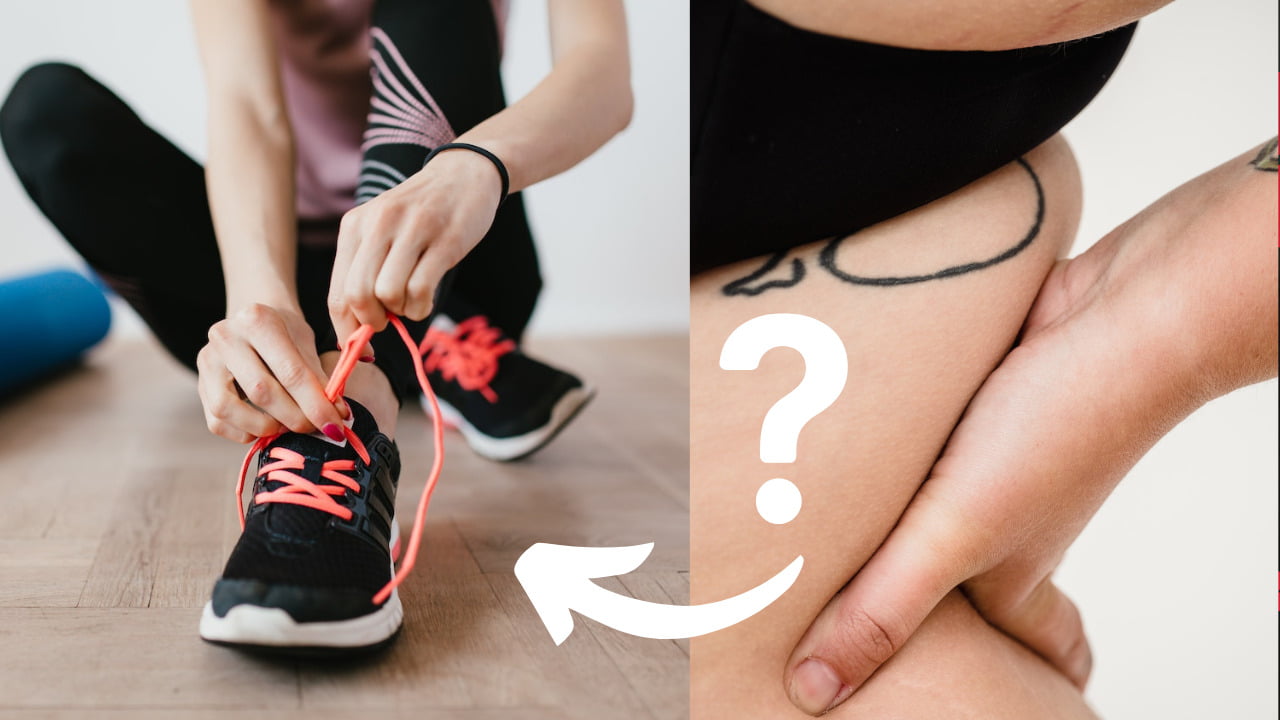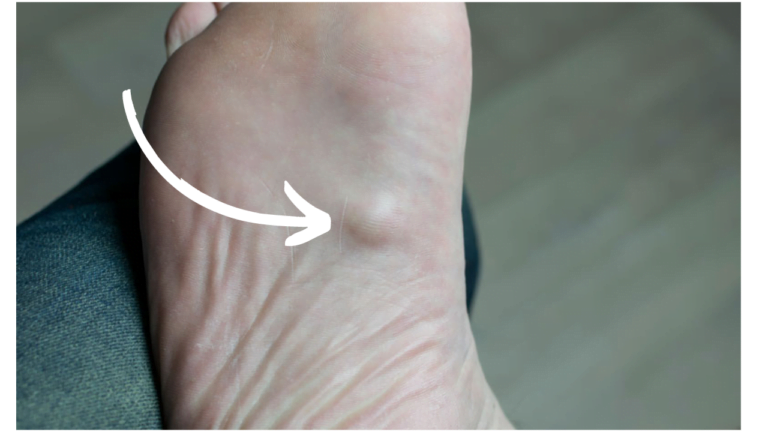How Long After Hip Replacement Can I Tie My Shoes?
For patients with hip joint issues, hip replacement surgery is a primary medical treatment that can significantly enhance the quality of life. Yet, following this procedure, patients frequently have numerous queries about their recuperation process, such as when to resume their regular activities. How long after hip replacement can I tie my shoes? It is a popular query.
Patients who have had hip replacement surgery are typically advised to bend their hip at most 90 degrees, which makes it difficult to do tasks like tying shoes or reaching for objects on the ground. The timing for getting back to these activities, practical advice for making it more accessible, and the significance of adhering to your surgeon’s post-operative instructions will all be covered in this blog post.
Top 10 Laced Shoes for Men | Women You Need in Your Closet
Understanding the Recovery Process

Hip replacement is a surgical procedure that involves the removal of a damaged or diseased hip joint and its replacement with an artificial joint. The recovery process after a hip replacement surgery can vary from person to person. Still, generally, the timeline can be broken down into three phases: early recovery, intermediate recovery, and late recovery.
“If the hip replacement was done through the more traditional posterior or antero- lateral/Hardinge approach – most patients have hip precautions for upto 6-8 weeks”
Ozorthopaedics
The early recovery phase usually lasts from surgery until the patient is discharged. During this time, the patient will need to rest and follow specific instructions provided by the medical team to ensure proper healing. Pain management, wound care, and physical therapy are all critical aspects of early recovery.
The intermediate recovery phase typically lasts from two to six weeks after surgery. During this time, the patient may be able to increase their activity levels, gradually transitioning from using crutches or a walker to walking unassisted. During this phase, physical therapy and exercises to improve strength and flexibility are essential.
The late recovery phase can last up to six months or longer, during which the patient will continue to regain strength and mobility. The patient may also need to attend follow-up appointments with their healthcare provider to monitor progress and address concerns.
Several factors can affect the recovery time after hip replacement surgery. These factors include the patient’s overall health, the extent of the surgery, the type of implant used, and
the patient’s adherence to post-operative instructions. Complications such as infection or dislocation can also significantly impact recovery time.
How Long After Hip Replacement Can I Tie My Shoes?

After hip replacement surgery, a person may find it challenging to bend down and tie their shoes due to a restricted range of motion. Patients may also have hip pain or discomfort.
After surgery, patients shouldn’t even try to tie their shoes for at least six weeks. This downtime is essential for the body to heal and regain its suppleness and strength. Given the individual nature of rehabilitation, it is essential to follow the specific protocols laid out by the treating physician or physiotherapist.
If the doctor has cleared the patient to put on their shoes, a few things can be done to make the process less stressful. One solution could be shoes that don’t need you to bend over or reach for laces. Another tool that can be used to help patients slip their feet into shoes is a shoe horn with a long handle.
While seated on a chair or stool, patients can utilise a low stool or step to reach their feet and tie their shoes. The hip joint might relieve some of its load, making reaching the foot easier. Moreover, if a patient drops their shoes and shoelaces, a reacher or grabber tool can be utilised to retrieve them.
Equally important is donning shoes that fit well and provide adequate arch support. Shoes can irritate and even injure your feet if they are too loose or tight, so finding a happy medium is essential. Patients should search for shoes with a roomy toe box and a flat heel to reduce pressure on the hip joint.
Recommended: 5 Best Hoka Shoes for Nurses!
Recommended Footwear During Recovery

After recovering from a hip replacement, wearing shoes that provide adequate support, stability, and comfort to minimise the risk of falls and expedite the healing process is crucial. A patient’s level of comfort and mobility during rehabilitation can be significantly improved by selecting the appropriate footwear.
Shoe accessibility is particularly critical after hip replacement surgery. Putting on shoes that tie or buckle can be a hassle and may require more bending or stretching than is healthy when healing. Shoes with Velcro straps or a slip-on style make it easy to put on and take off and lessen the possibility of future harm.
Picking shoes with enough arch support and cushioning is also crucial. Shoes that provide enough arch support can ease the strain on the hip joint by transferring the body’s weight across the sole. Soft, flexible-soled shoes can also aid in absorbing shock and lessen the impact of your steps.
Patients should avoid high-heeled or flat shoes that don’t provide adequate arch support. The body’s weight is shifted forward by wearing high heels, which can strain hip articulation. Yet, flat shoes might not provide the support and cushioning for a speedy recovery.
How Long After Hip Replacement Can I Tie My Shoes?
Exercises to Help Improve Flexibility and Mobility

While proper footwear can aid in preventing falls, providing support and stability, and promoting healing after hip replacement surgery, it is crucial to wear it during rehabilitation. Regarding patients’ comfort and mobility during rehabilitation, the shoes they choose might make all the difference.
When choosing shoes for hip replacement recovery, the convenience of slipping them on and off is a top priority. Trying to tie your laces or buckle your shoes may be counterproductive when recovering from an injury. Avoid extra harm by opting for slip-on shoes or ones with Velcro straps.
In addition, it is crucial to wear shoes that offer sufficient arch support and cushioning. The stress on the hip joint can be eased by wearing shoes with adequate arch support. Walking can be less of a jarring experience if you wear shoes with a flexible, soft soles.
Patients should not wear shoes with high heels or no arch support. The body’s weight is shifted forward by wearing high heels, putting pressure on the hip crease. Conversely, flat shoes may not provide the necessary support and cushioning throughout the healing process.
Dr Ashwani Maichand
Conclusion
Damaged hips can be surgically repaired by replacing the affected joint with an artificial one. Resuming everyday life after medical treatment is a significant concern for patients, who typically have numerous questions about the timeline. How long after hip replacement can I tie my shoes? It is a typical one.
Activities like tying shoes or reaching for items on the ground might be difficult for patients told to avoid bending their hips more than 90 degrees. Patients should wait at least 6 weeks after surgery to try to tie their shoes again.
Patients given the all-clear to tie their shoes may do it with shoes that snap on or off with the help of a Velcro fastener or a slip of fabric, a shoe horn with a long handle, or a reacher or grabber tool.
If you’ve recently had a hip replacement, you know how important it is to have a good pair of shoes to wear while you heal. A patient’s level of comfort and mobility during rehabilitation can be significantly improved by selecting the appropriate footwear.
In addition to strengthening the hip muscles, stretching and other mobility exercises can increase the hip range of motion and lessen hip pain. Ideally, you would regularly do these under the watchful eye of a physical therapist or other qualified medical professionals.
Since you have a hip replacement, are you tired of other people doing simple tasks like tying your shoes?
FAQs
When can I Bend to Put Socks on after Hip Replacement?
It is generally safe to bend to put socks on after hip replacement surgery. Still, following the specific guidelines and advice your surgeon and physical therapist provides is essential.
Can I Kneel After Hip Replacement?
Yes, kneeling is possible after hip replacement, but it is generally not recommended for the first few months. Consult your surgeon for specific instructions and guidance on when and how to kneel safely.
How do you Wear Shoes After Hip Replacement Surgery?
After hip replacement surgery, wearing comfortable shoes with good support is essential. Slip-on shoes or shoes with velcro straps can be easier to manage than laced shoes.







